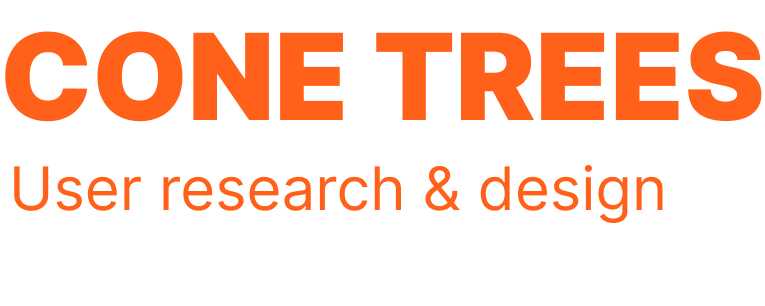The Cognitive Walkthrough (Lewis, Poison, Wharton, and Rieman, 1990; Poison, Lewis, Rieman, and Wharton, 1992) is a usability inspection method that focuses on evaluating a design for ease of learning, particularly by exploration. This focus is motivated by the observation that many users prefer to learn software by exploration (Carroll and Rosson, 1987; Fischer, 1991). Instead of investing time for comprehensive formal training when a software package is first acquired, users prefer to learn about its functionality while they work at their usual tasks, acquiring knowledge of how to use new features only when their work actually requires them. This incremental approach to learning insures that the cost of learning a new feature is in part determined by the feature’s immediate benefit to the user.
Brief Description of the Walkthrough Process
The Cognitive Walkthrough has the same basic organization and rationale as other types of design walkthrough, such as requirements walkthroughs and code walkthroughs (Yourdon, 1989). It is a review process in which the author of one aspect of a design presents a proposed design to a group of peers. The peers then evaluate the solution using criteria appropriate to the design issues.
In the Cognitive Walkthrough, the reviewers evaluate a proposed interface in the context of one or more specific user tasks. The input to a Walkthrough session includes an interface’s detailed design description (perhaps in the form of a paper mockup or a working prototype), a task scenario, explicit assumptions about the user population and the context of use, and a sequence of actions that a user should successfully perform to complete the designated task.
Overview of the Cognitive Walkthrough Process
- Define inputs to the walkthrough
- Who the users are
- Sample tasks for evaluation
- Action sequences for completing the tasks
- Description or implementation of the interface
- Convene the analysts
- Walk through the action sequences for each task
- Tell a credible story, considering…
- Will the user try to achieve right effect?
- Will the user notice that the correct action is available?
- Will the user associate the correct action with the effect they are trying to achieve?
- If the correct action is performed, will the user see that progress is being made toward solution of their task?
- Tell a credible story, considering…
- Record Critical Information
- User knowledge requirements
- Assumptions about the user population
- Notes about side issues and design changes
- The credible success story
- Define inputs to the walkthrough
During the Walkthrough process the group considers, in sequence, each of the user actions needed to accomplish the task. For each action, the analysts try to tell a story about a typical user’s interaction with the interface. They ask what the user would be trying to do at this point and what actions the interface makes available. If the interface design is a good one, the user’s intentions should cause him or her to select the appropriate action. Following the action, the interface should present clear feedback indicating that progress is being made toward completing the task.
Source: Nielsen, Jakob and Robert L. Mack. Usability Inspection Methods. 1 edition. New York, NY, USA: John Wiley & Sons, Ltd., April 1994. 105-106.

Leave a Reply